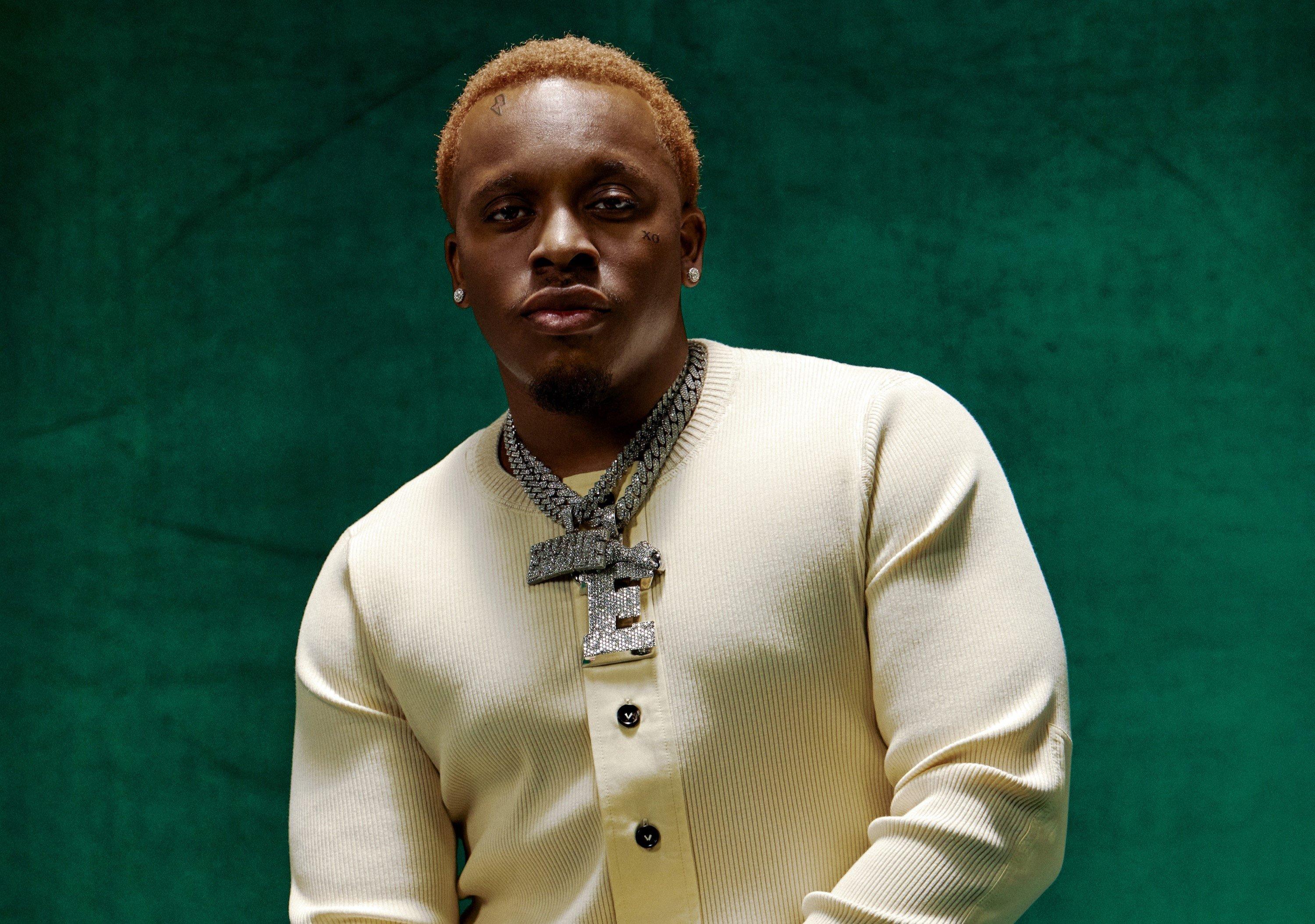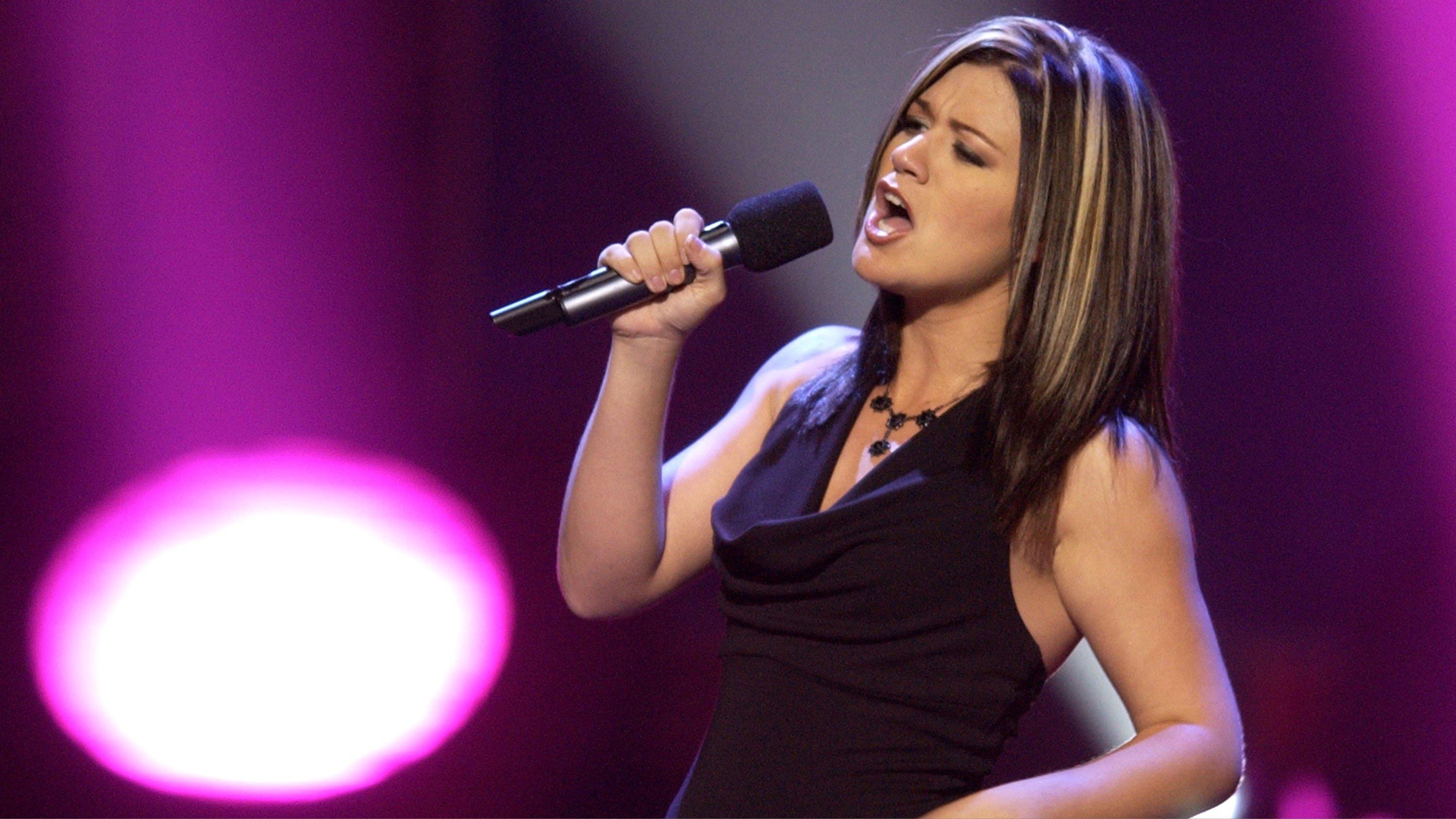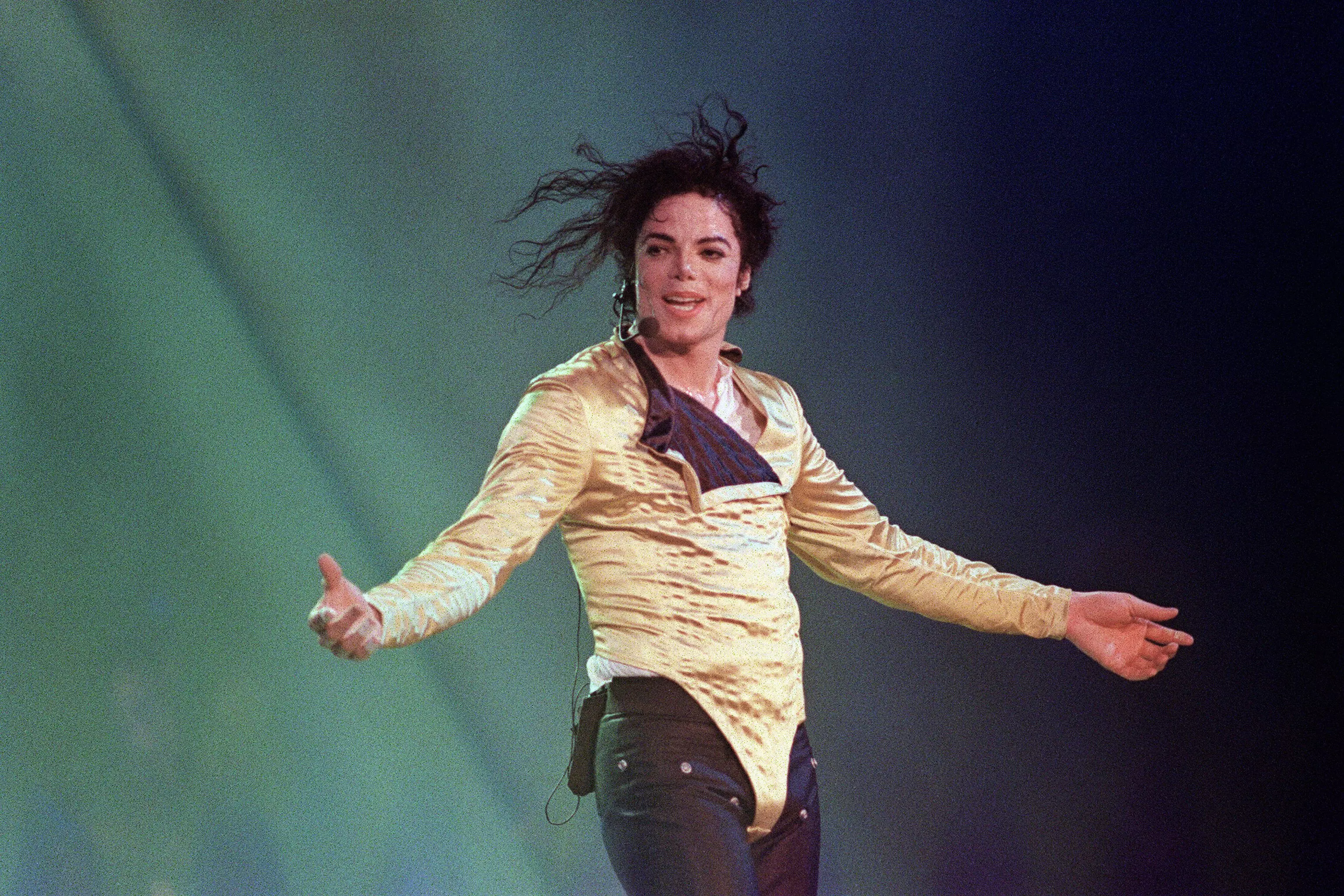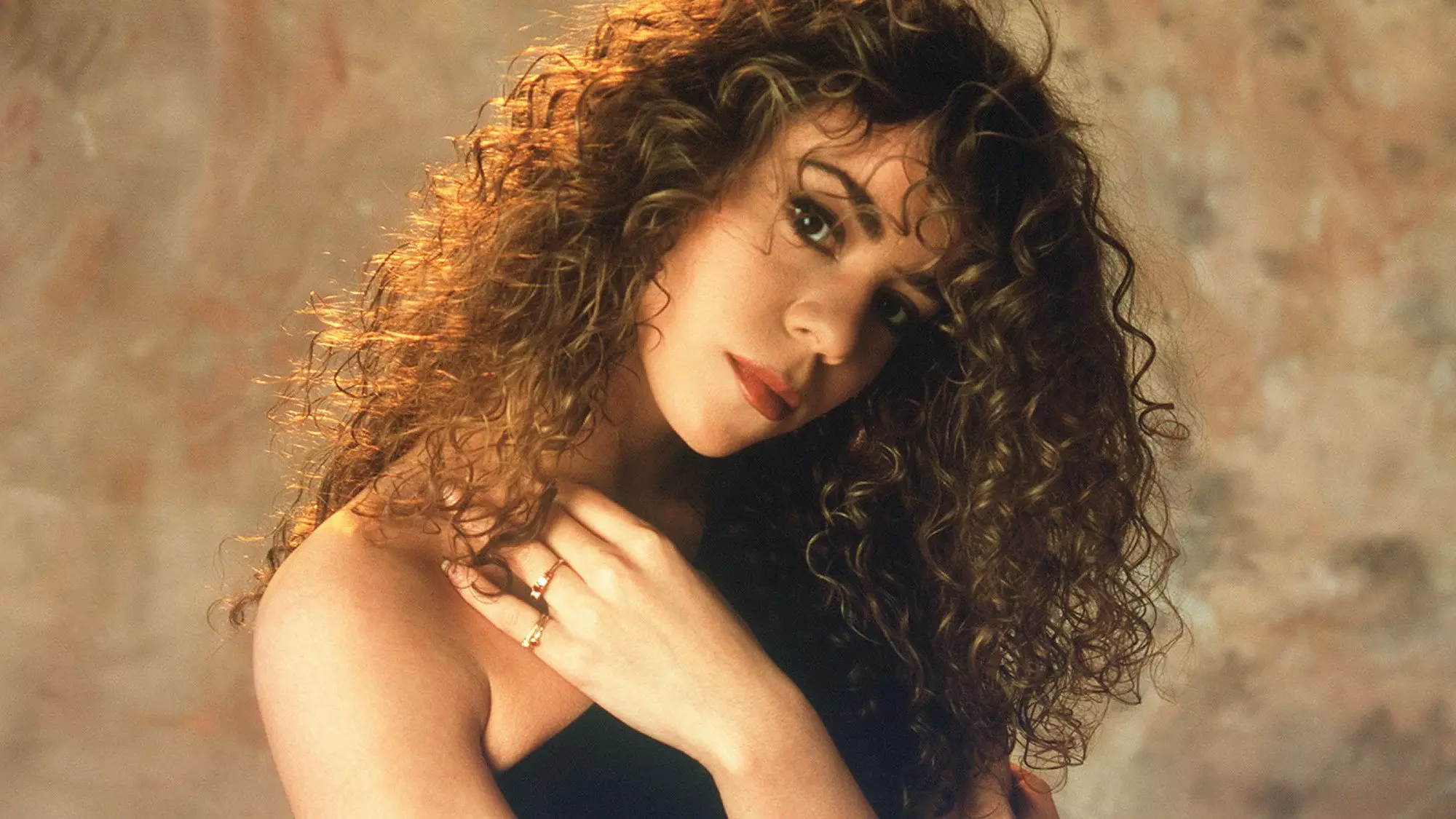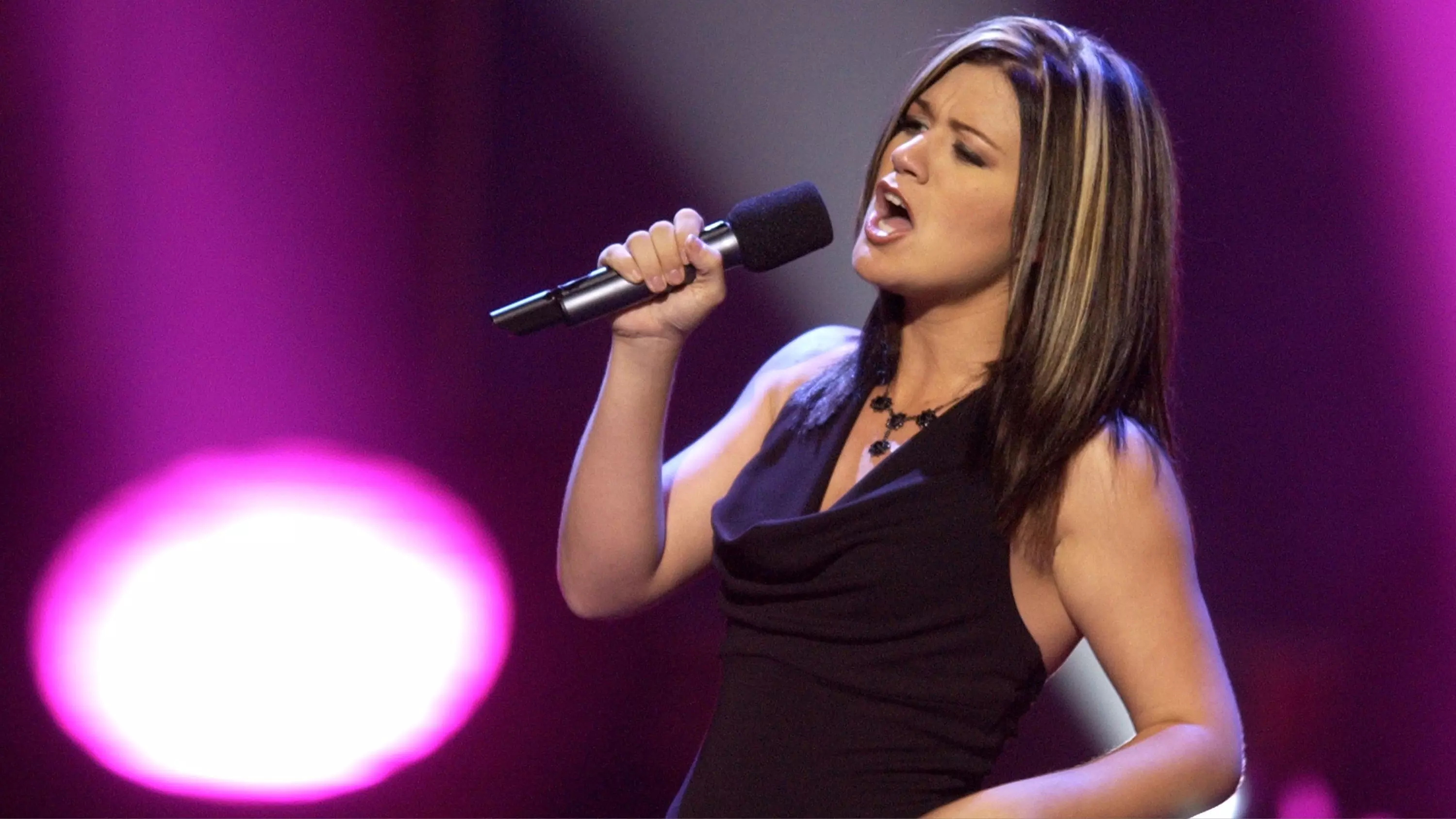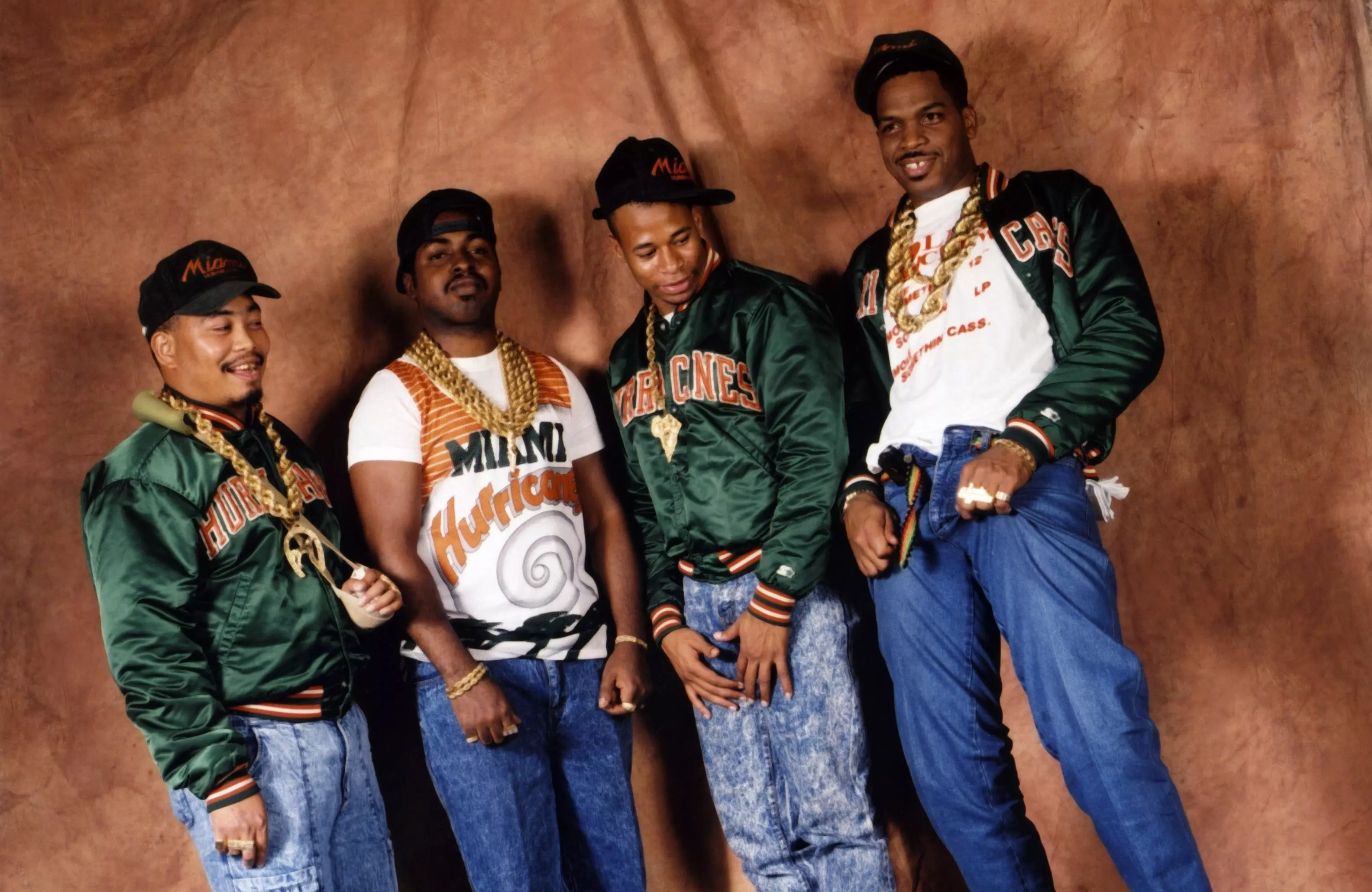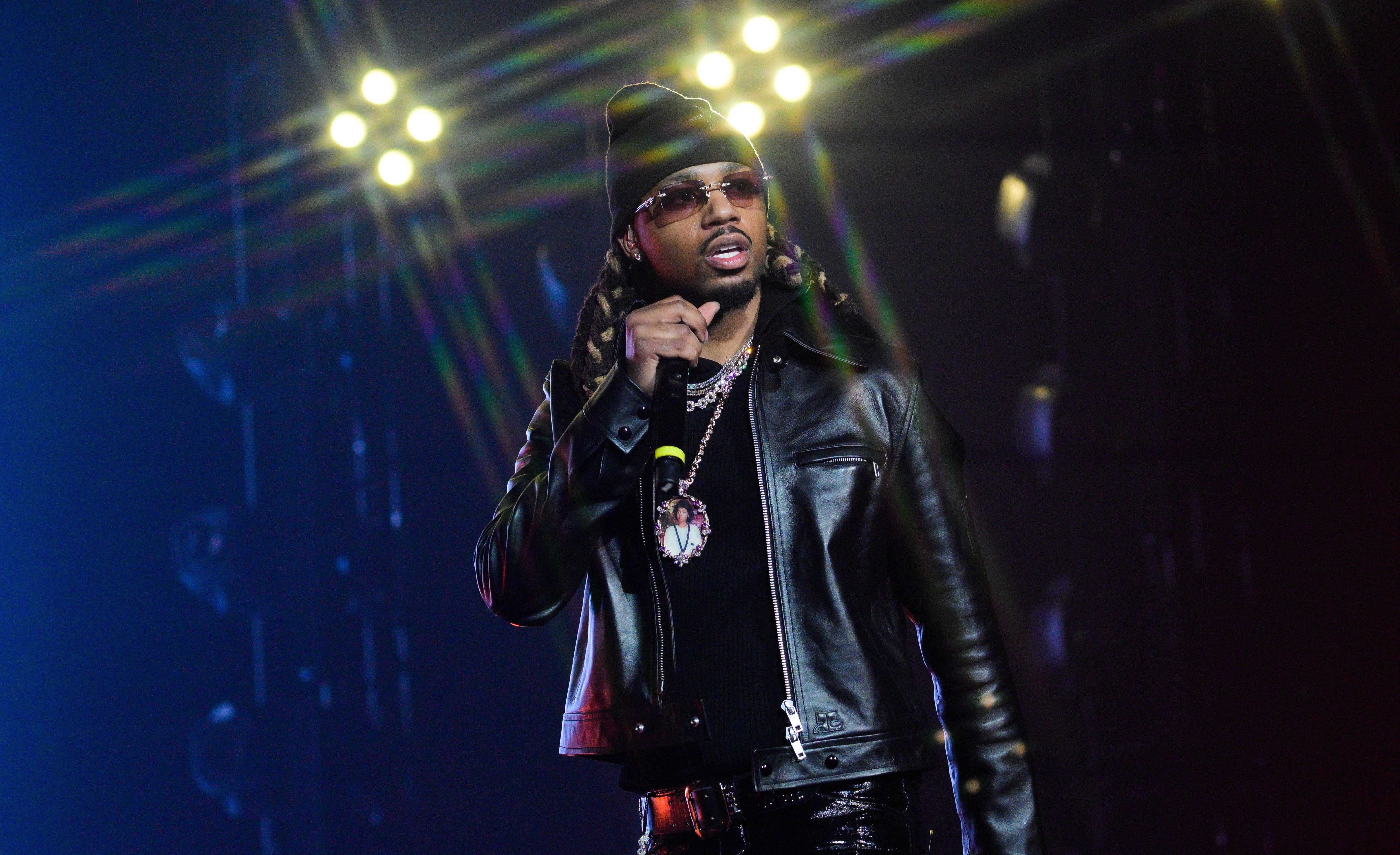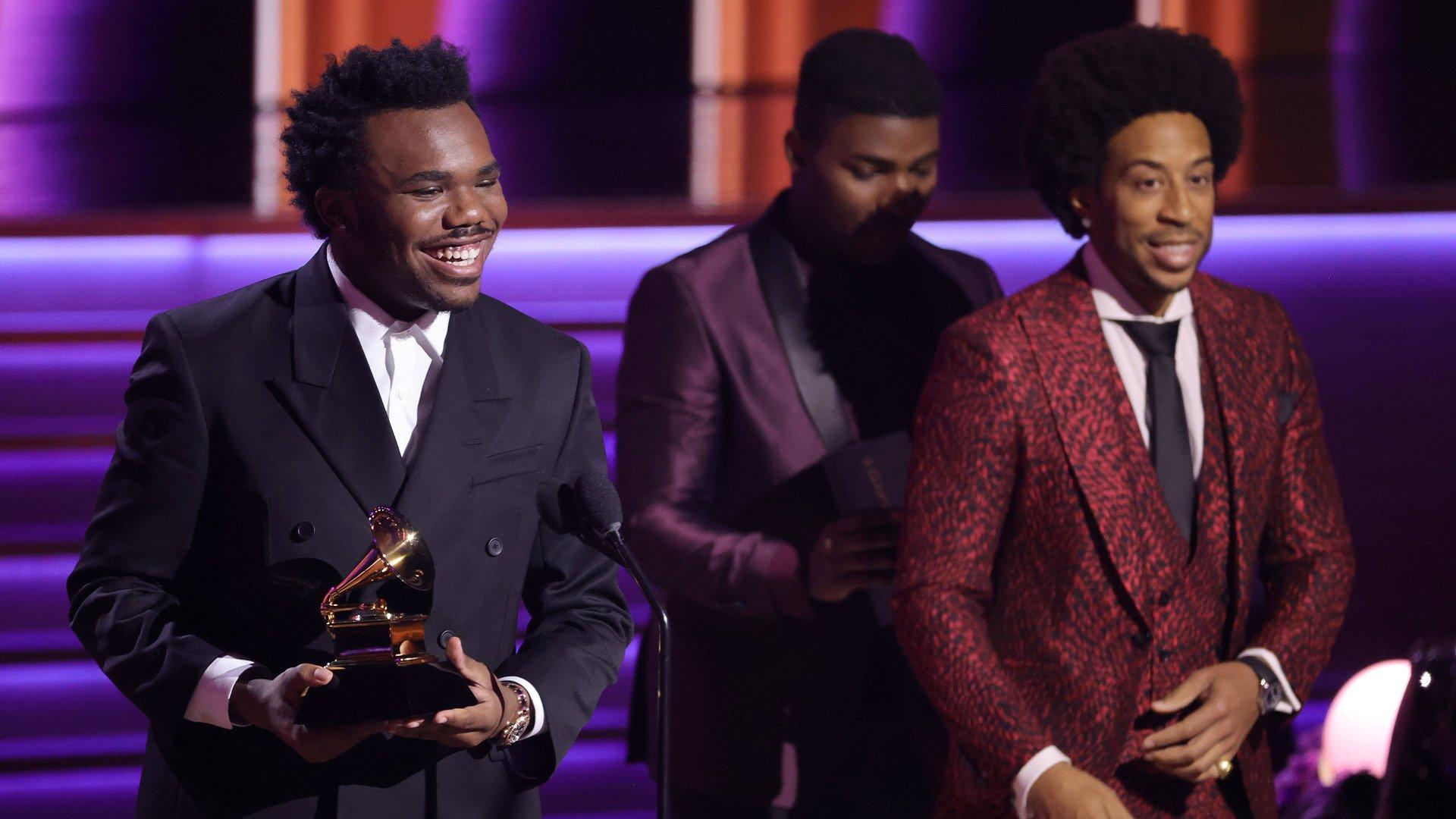At the 58th GRAMMY Awards, Kendrick Lamar had a huge night. After garnering a leading five awards — including Best Rap Album — the rapper took to the GRAMMY stage to deliver a memorable GRAMMY Moment that will likely be talked about for years.
Lamar’s set was a fearless declaration of black pride and celebration of his Compton, Calif., hometown, Africa and the musical influences that helped mold his Best Rap Album-winning To Pimp A Butterfly. Lamar marched onstage in a prison jumpsuit, while shackled to a group of men also dressed as inmates. As his band played inside a makeshift prison cell, Lamar delivered a passionate performance of “The Blacker The Berry” before transitioning to "Alright."
His performance managed to provide timely social commentary on the GRAMMY stage with a relentless fervor. He closed the performance with a previously unheard lyrical barrage punctuated by an illuminated image of Africa with the word "Compton" scrawled across the continent. The performance elicited a worthy ovation for Lamar, who also won Best Music Video for "Bad Blood" with Taylor Swift and swept the Rap Field, including Best Rap Performance and Best Rap Song for "Alright" (with Kawan Prather, Mark Anthony Spears and Pharrell Williams) and Best Rap/Sung Collaboration for "These Walls" (with Bilal, Anna Wise and Thundercat).
Many of those who helped bring the musicality of Lamar's acclaimed To Pimp A Butterfly to life, spoke on his behalf at the GRAMMY Premiere Ceremony. Bassist Thundercat, singers Bilal and Anna Wise, and producer Sounwave — all first-time GRAMMY winners — took to the stage to thank the rapper for recording the project.
"We come from nothing and people don't realize that," To Pimp A Butterfly co-engineer/mixer Derek "MixedByAli " Ali said. "If it wasn't for God, loyalty, trust, and teamwork we wouldn't be here."
Hip-hop legend and host of the evening LL Cool J kicked off the telecast reminding viewers that music is universal. "Our shared love of music unites us," he said.
Other hip-hop legends were in attendance, including Russell Simmons, Reverend Run of Recording Academy 2016 Lifetime Achievement Award recipients Run DMC and Ice Cube, who was joined onstage by his son O'Shea Jackson Jr. to present the GRAMMY for Best Rap Album. Ice Cube noted rap had come "a long way to change our world forever."
The father-son team fittingly presented Lamar his award for Best Rap Album in front of a standing audience. After thanking his parents, fiancée Whitney Alford and Top Dawg Entertainment family, Lamar declared, “This is for hip-hop. [This is for] Ice Cube. This is for Snoop Dogg, Doggystyle. This is for Illmatic. This is for Nas. We will live forever!"
The night also included big celebrations of R&B music. Tyrese Gibson, John Legend, Luke Bryan, Demi Lovato, and Meghan Trainor paid tribute to 2016 MusiCares Person of the Year Lionel Richie with a medley of the singer/songwriter’s hits. Legend breezily rolled through “Easy” while Demi Lovato’s rendition of “Hello” had the former Commodore shaking his head in amazement. Tyrese punctuated the set with a funky performance of “Brick House” before Richie took to the stage and brought the house down with “All Night Long.”
GRAMMY winners Stevie Wonder and a capella group Pentatonix paid homage to the late Maurice White — founder of 2016 Lifetime Achievement Award recipients Earth, Wind & Fire — with a beautiful rendition of “That’s The Way Of The World.”
Later, Earth, Wind & Fire would take the stage to present Album Of The Year. The GRAMMYs also paid tribute to the legacy of Michael Jackson’s Off The Wall by enlisting GRAMMY-winning R&B singer/songwriter Miguel to deliver an intimate performance of “She’s Out Of My Life.”
A satellite performance of the hip-hop Broadway musical "Hamilton" — which took home Best Musical Theater Album honors — easily made one of the toughest tickets to grab that much harder to get. "Hamilton" creator and star Lin-Manuel Miranda rapped his acceptance speech, thanking a list of people including Lamar. Adele also shouted out the Compton rapper after her performance, yelling, "I love you, Kendrick. You're amazing."
Canadian singer/songwriter The Weeknd had a strong showing, earning his first career GRAMMYs with a pair of awards for Best R&B Performance for "Earned It (Fifty Shades Of Grey)" and Best Urban Contemporary Album for Beauty Behind The Madness. The singer celebrated his birthday a day early with the wins and a performance of “Can’t Feel My Face” and “In The Night” while freshly dipped in a black tuxedo. R&B newcomer Andra Day would take to the stage with Ellie Goulding for a collaborative set as the two rising talents filled the Staples Center with their powerful voices
Elsewhere, singer/songwriter D'Angelo won Best R&B Song for "Really Love" with Kendra Foster. D'Angelo And The Vanguard snared the Best R&B Album award for Black Messiah, D'Angelo's first album following a decade-plus hiatus from releasing music. At the Premiere a tearful Lalah Hathaway thanked her late father Donny Hathaway as she took home the award for Best Traditional R&B Performance for her remake of 1972's "Little Ghetto Boy." Choking back tears, Hathaway offered: "Thank you to my father for leaving this song to me to give to other people."
Ultimately, hip-hop and R&B had an incredibly strong showing at the 58th GRAMMY Awards, which celebrated some of the genre's finest talent. Many will likely remember this as the night that Lamar made another powerful mark on the industry and owned Music's Biggest Night with a performance for the ages.
With over a decade of experience as a journalist and editor, Andreas Hale has been called the "Swiss Army Knife of Journalism" by his peers. His work has been featured on Billboard, MTV, Complex, Jay Z's Life+Times, XXL, and The Source, among others. He is also the co-host of combat sports podcast "The Corner" on the Loud Speakers Network.

